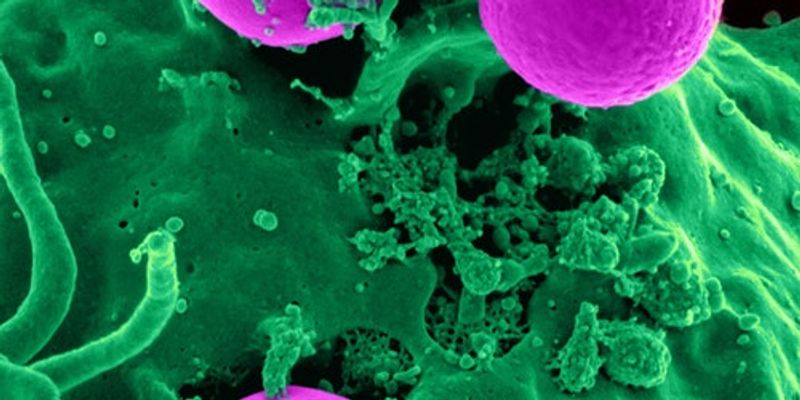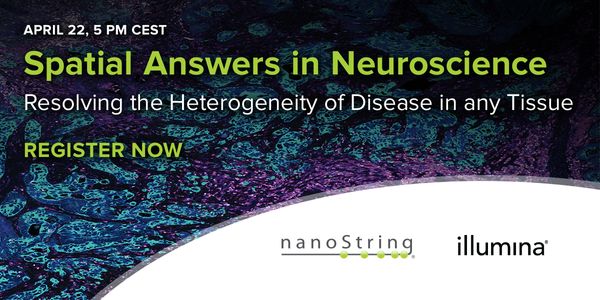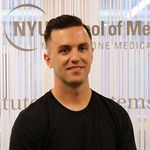Cell
Cell: is the smallest structural and functional unit of an organism, typically microscopic and consisting of cytoplasm and a nucleus enclosed in a membrane. Microscopic organisms typically consist of a single cell, which is either eukaryotic or prokaryotic.
-
MAY 06, 2021 | 9:00 AMDate: May 6, 2021 Time: 9:00am (PDT), 12:00pm (EDT) The goal of this educational webinar is to introduce the audience to induced pluripotent stem cells (iPSCs) and the ways in which they are...MAY 06, 2021 | 7:00 AMDate: May 6, 2021 Time: 7:00am PDT, 10:00am EDT, 4:00pm CEST Eukaryotic cell cultures respond to the most subtle influence. Apart from the risk of contamination, minimal changes in cultivati...APR 29, 2021 | 10:00 AMDate: April 29, 2021 Time: 10:00am PDT Western blotting is a fundamental application used in life science research to better understand target proteins and their function in complex systems....Proximity Ligation Assay (PLA), is a powerful technique for demonstrating the presence of 2 unique targets in direct proximity of each other in tissue sections. It allows visualization of in...
APR 28, 2021 | 8:00 AM
DATE: April 28, 2021 TIME: 08am PST Shakers and bioreactors are established versatile systems for cultivating microorganism, plant, and animal cells in suspension. Both methods aim at increa...
APR 27, 2021 | 7:00 AM
Date: April 27, 2021 Time: 7:00am (PDT), 11:00am (EDT) Visualization is an important step to address complex biological questions in vivo. The imaging process can widen the perspective of an...
APR 22, 2021 | 5:00 PM
Date: April 22, 2021 Time: 8:00am (PDT), 11:00am (EDT), 5:00pm (CEST) System transcriptomics of the schizophrenia brain - Phillip Khaitovich Schizophrenia tops the psychiatric disorder l...
Advanced cancer patients, individuals that have a <50% chance of 5 year-survival and have exhausted standard of care options, are often seeking for innovative therapies. These drugs may b...
APR 21, 2021 | 11:00 AM
DATE: April 21, 2021 TIME: 11:00am PDT Cell counting is an integral part of processes that use living cells. Most labs have standard operating procedures (SOP) for counting cells. Many facto...
Single-cell gene expression analysis helps biologists and bioinformaticians reveal complex and rare cell populations, uncover regulatory relationships among genes and analyze and visualize g...
Speaker:
Joseph Pearson, PhD
APR 21, 2021 | 5:00 PM
Date: April 21, 2021 Time: 8:00am (PDT), 11:00am (EDT), 5:00pm (CEST) Spatial Answers Trilogy - Spatial Answers in Immunology Immunology Researchers share their Spatial Discoveries in SARS-C...
Speaker:
Doug Brown, PhD
, Susanne Krasemann, MD, PhD
, Michelle Naughton, PhD
Sponsored By: NanoString Technologies,
Illumina
The SARS-CoV-2 pandemic is challenging our health care systems and has profoundly impacted our society. Due to the poor global public health response, SARS-CoV-2 has developed many variants....
Speaker:
Eric Allen, MBA, M. Eng. Bioengineering
, Michael Oberholzer, PhD
Presented at: Genetics Week Virtual Event Series 2021
Controlling the spread of the 2019 novel coronavirus SARS-CoV-2 and ensuring a return to 'normal' activities in a post-COVID world requires two complementary efforts: 1) Widespread a...
According to the American Cancer Society, in there were an estimated 110,070 new cases diagnosed and approximately 32,120 deaths from gynecologic cancers in the U.S. in 2018. Of the five mos...
Engineered cell therapy is an emerging field of science to target and treat cancer. Current strategies include utilizing immune cells such as T cells, NK cells and Macrophages or other cells...
Interest in cell and gene therapy-based disease prevention and treatment has increased rapidly over the last few decades, however there are still many hurdles to overcome and further progres...
Speaker:
Andrea O'Hara, PhD
























